Day 6 of our Mystery Cruise and we are sailing along the Danube heading towards Durnstein for a quick visit. However, along the way, Rik, the Cruise Director, provided some commentary about the views we were seeing along the way. The Danube has been a major means of travel for centuries and many of the castles were built to safeguard the local area from invading forces as well as to collect a ‘tax’ to pass along the river. Once a castle had been erected, a heavy rope or chain would be strung across the river preventing boats from getting past. In order to continue on their journey, the boat would have to pay for the privilege of continuing along the way. There could be tributes paid every few miles depending on who was occupying the surrounding land.
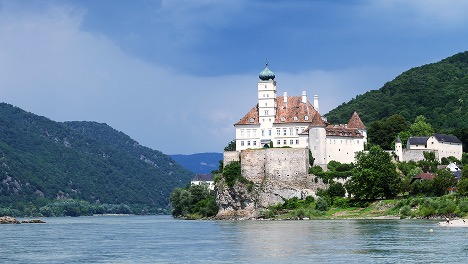
One very significant castle is Marchwardus de Schoenbuchele. Standing at the edge of a cliff just to the north east of Melk is a gorgeous 12th century castle (known locally as “Keeper of the Wachau”) sitting just a stone’s throw from the waters of the Danube. It’s origins stem from Marchwardus de Schoenbuchele, who wanted to create a defensive fortress overlooking the river and keep an eye on those who used its waters. As the castle has been renovated and renewed over the years, it stands proudly in full view for you to see as you cruise past on the river.
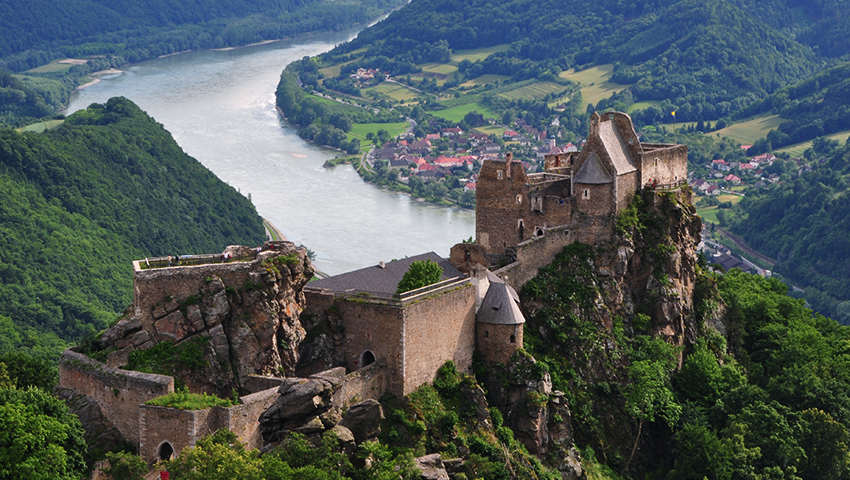
While the Marchwardus de Schoenbuchele is being maintained, others like Aggstein Castle. The ruins of Aggstein castle stand as a monument to the various conflicts both big and small which took places within the stretch of the Danube. Aggestein Castle changed hands numerous times since it was first constructed at the start of the 12th century, but only certain parts of the castle now remain standing to be seen. In its hay-day, the castle acted as an almost unassailable stronghold with a key strategic position over the region. Legend has it that he used an iron chain stretched across the Danube to commandeer ships who used the river as part of the trade route and repurpose them for his own use.

The ruins viewed from the River really make you wonder how it was built given its location at the top of a mountain with a cliff on one side.
As we approached Durnstein, the ruins of Dürnstein Castle can be seen atop the hills overlooking the river. The castle was originally built in the 12th century its most famous for its relevance to the legend of Richard the Lionheart. It is said that when Richard the Lionheart returned from the Third Crusade, he refused to share the spoils of war with Duke Leopold V of Austria, and so was imprisoned by Leopold within the walls of Dürnstein Castle between 1192 and 1193.
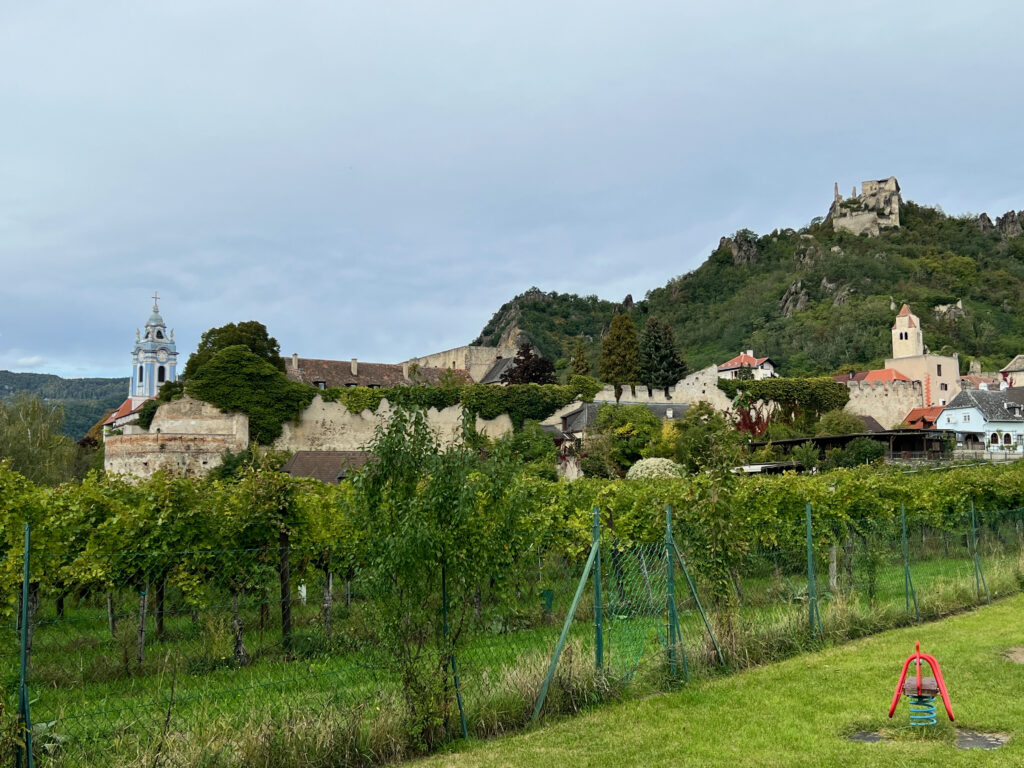
In addition to the castles, there a vineyards planted along the hillside. The wines along this section of the Danube aren’t the world class wines from other areas but still quite pleasant to drink – a sampling of several wines was held for later in the evening, after our tour of Dürnstein.

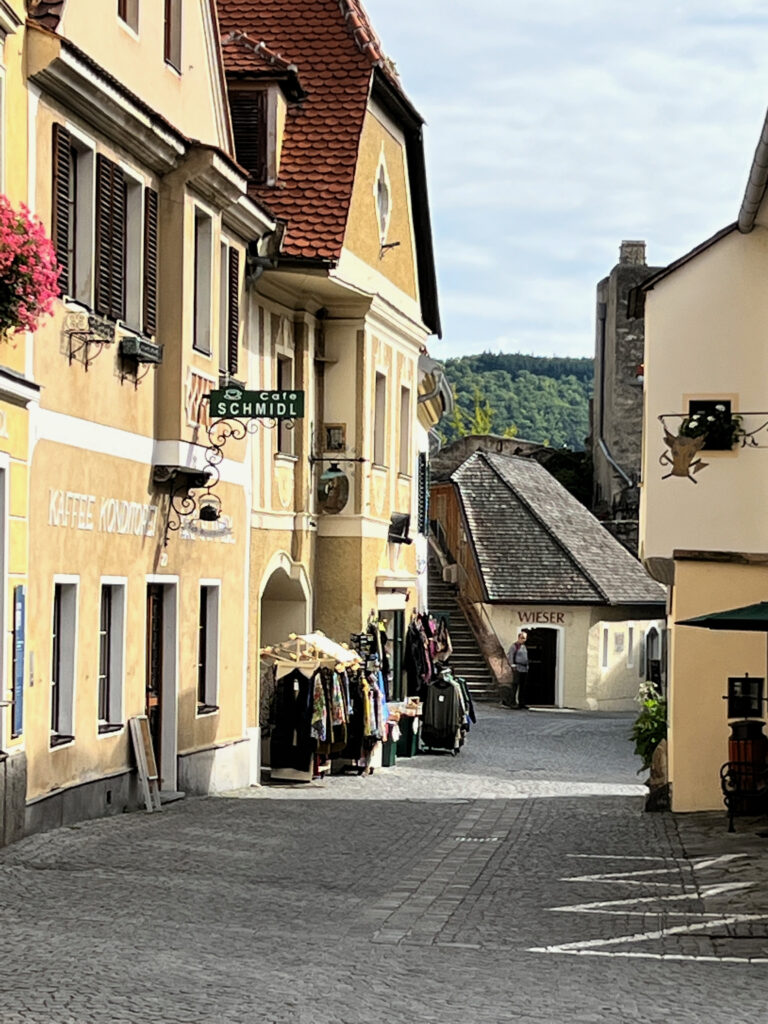
Dürnstein is one of the most-visited tourist destinations in the Wachau region and also a well-known wine growing area. The town gained its name from the medieval Dürnstein castle, which overlooked it. The castle’s name derived from the German duerr/dürr, meaning “dry”, and Stein, “stone”. The castle was dry because it was on a rocky hill, high above the damp conditions of the Danube at the base of the hill, and it was built of stone. The modern town stands between the castle and the river.
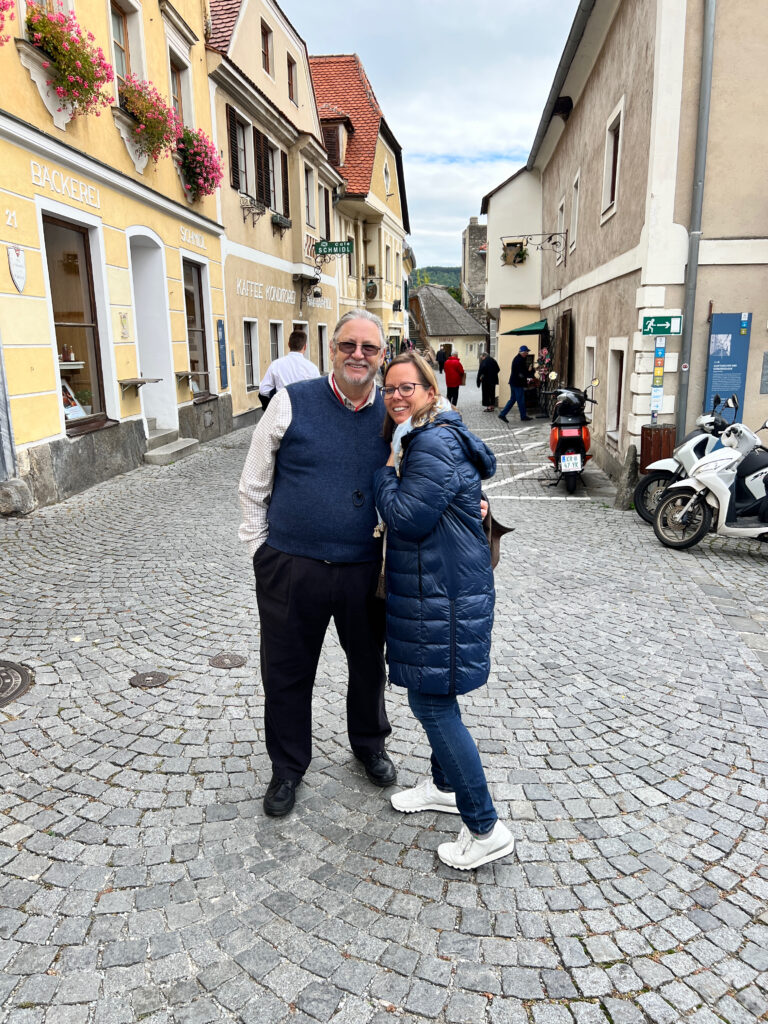

After docking, and having another wonderful lunch, we joined our group and headed out for a walking tour of the town. It is very clear this is a tourist stop. Virtually all the shops along the one (yes, one and it doesn’t have a name as it’s the only street in town) street sell trinkets, fridge magnets, local wine and apricot preserves. Seems there are something like 100,000 apricot trees locally resulting in a huge production of various things using the fruit. It is interesting that the harvest of the fruit only happens once the fruit has dropped from the tree – no actual picking is done, just picking up the fruit from the soft bed of leaves that are left on the ground. We walked through the town and went into a large building for a tasting. Interesting juice but the jam was wonderful (resulting in bring 2 jars back with us!).
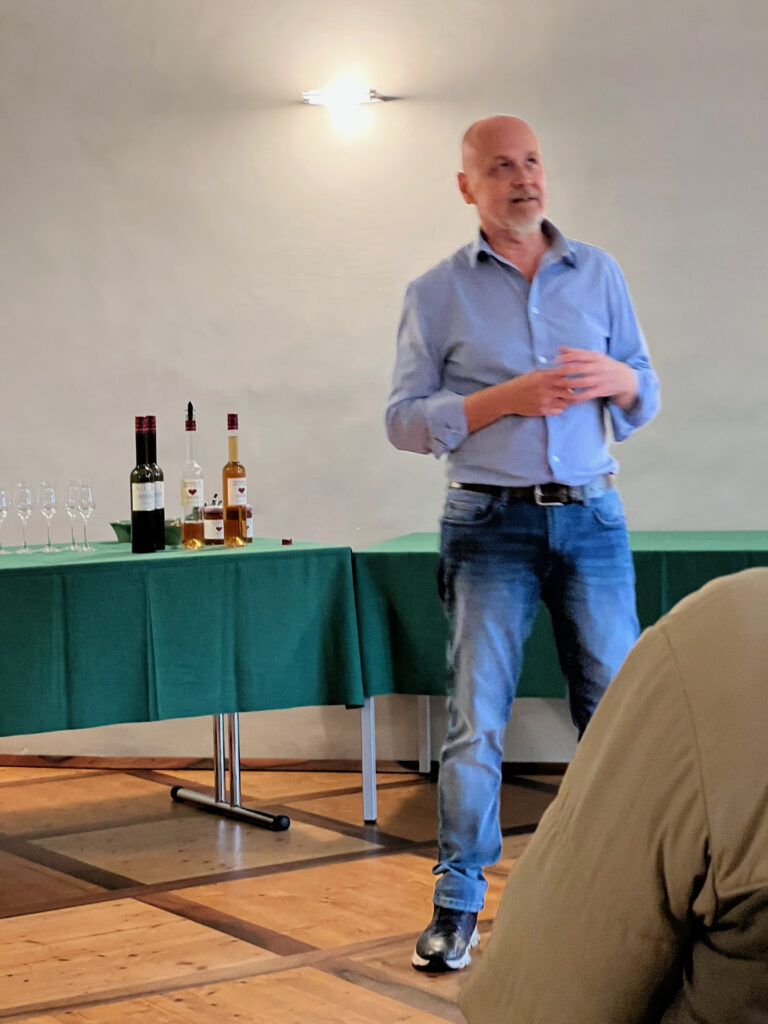
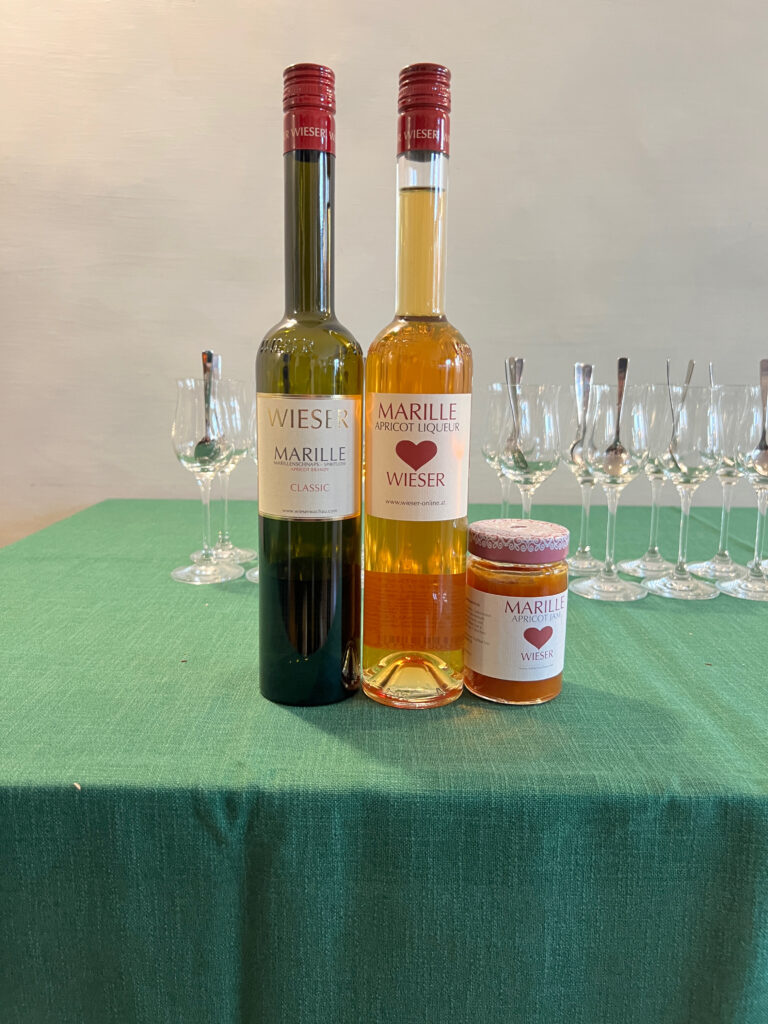
Back on board the boat, there as a tasting of local wines and treats in the lounge and after dinner a 70’s party! Lots of funny costumes for sure.
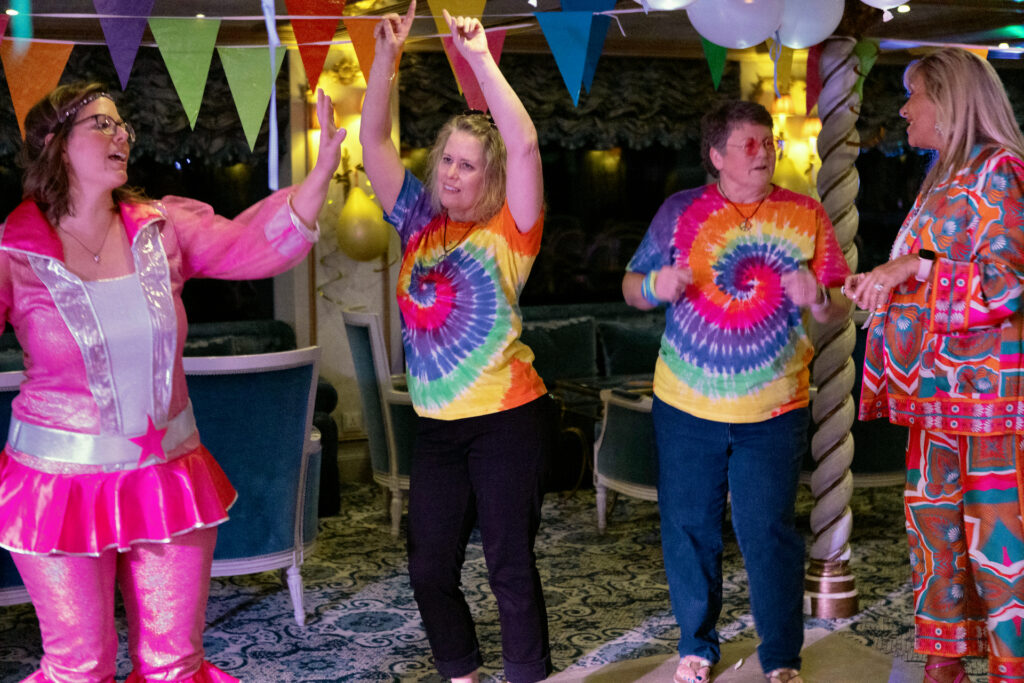

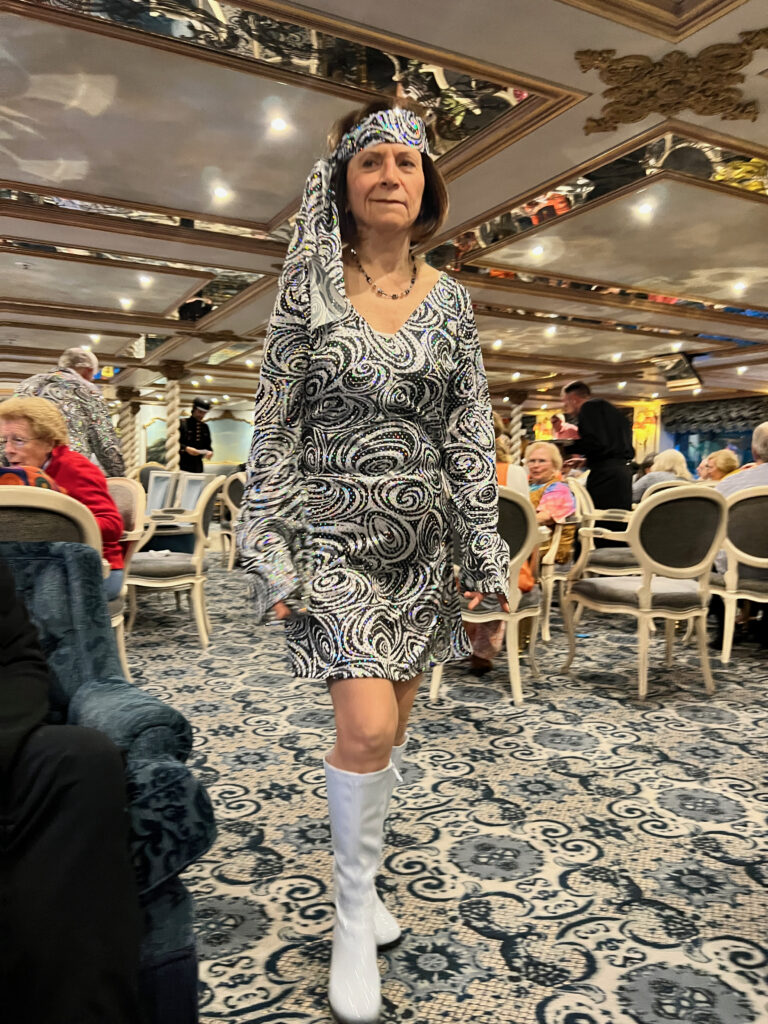
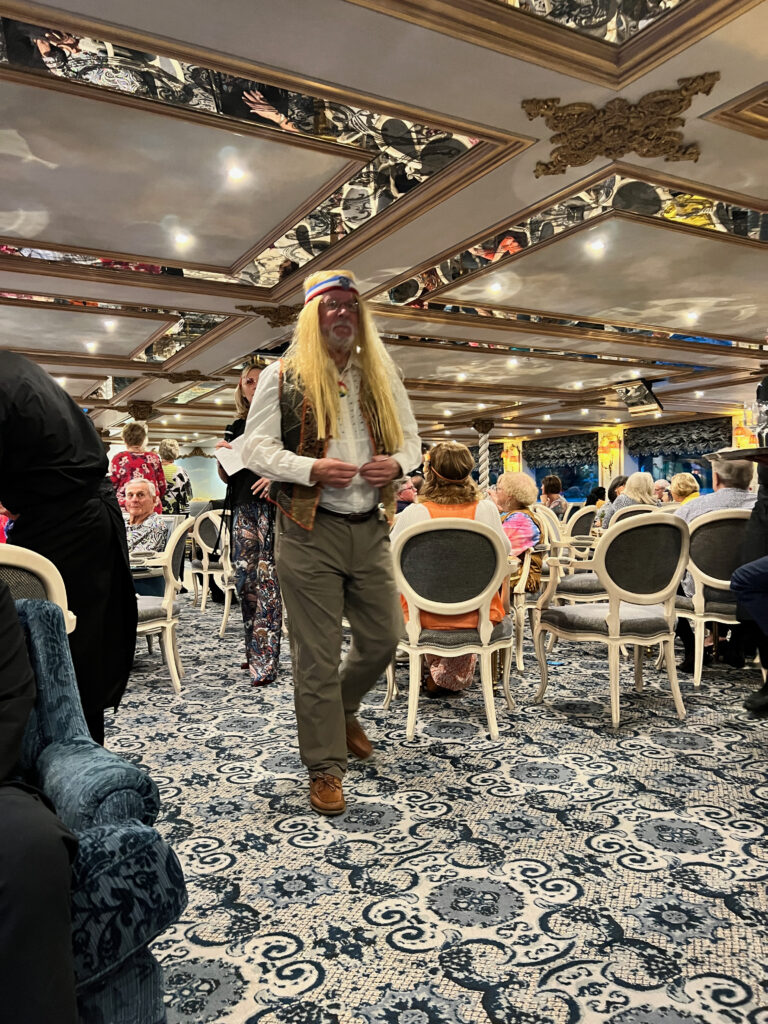
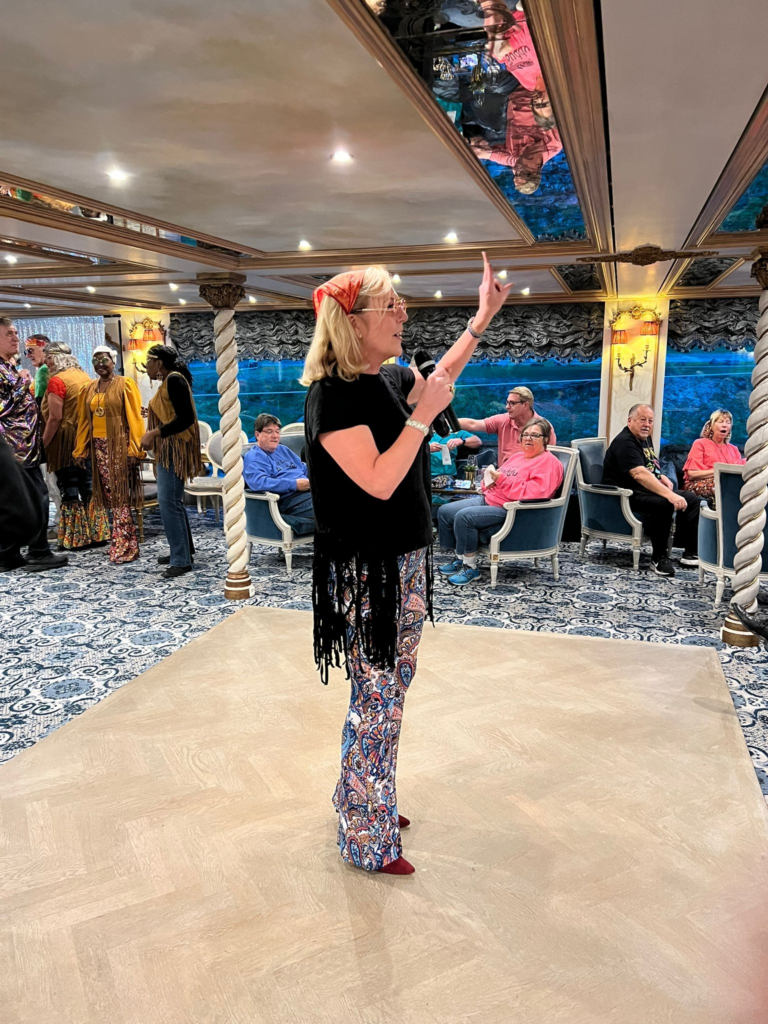
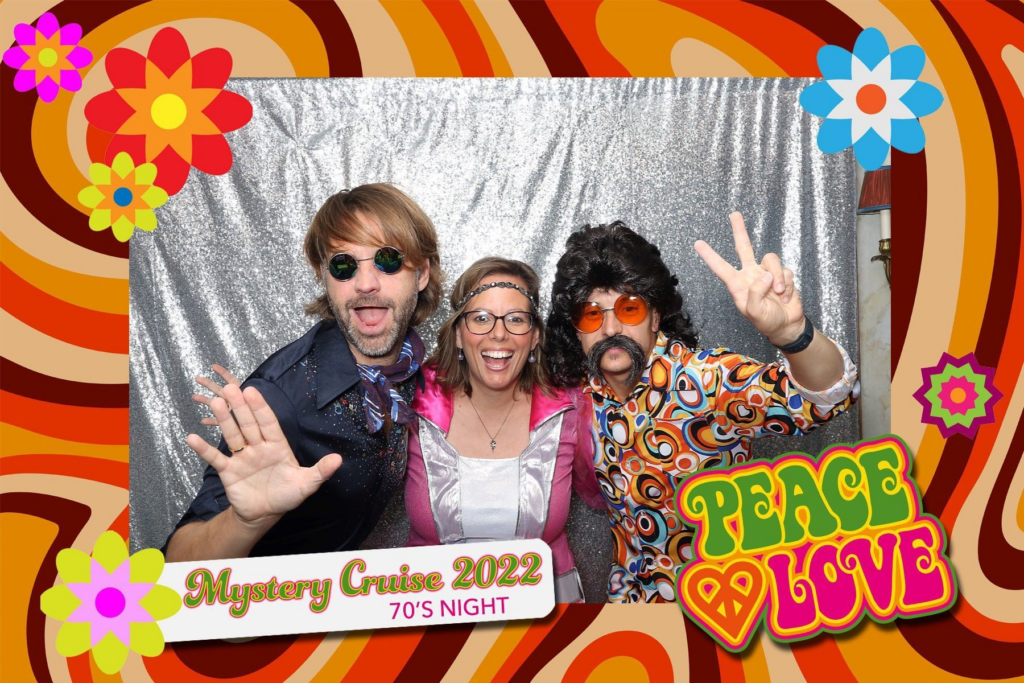
It was a nice day with lots more to come over the next few days.
#ExploreUniWorld